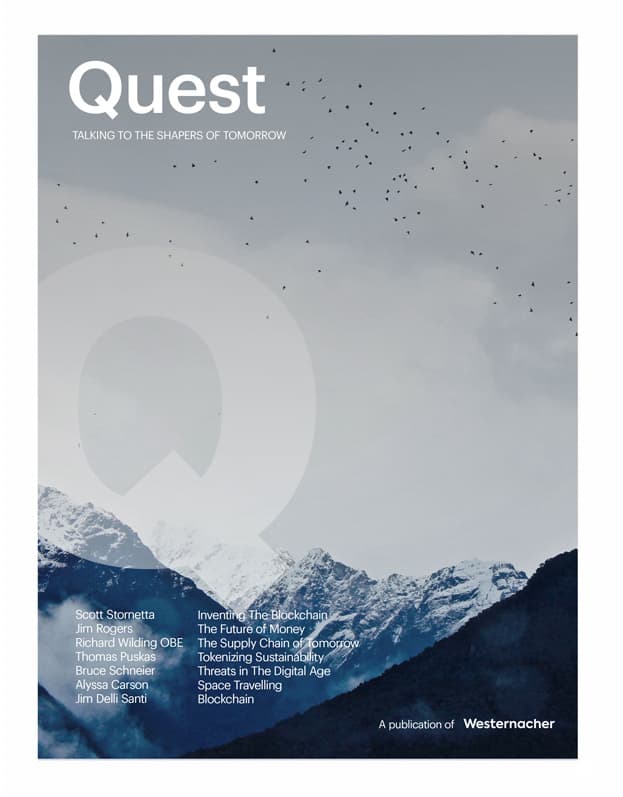
SAP Sustainability Data Exchange.
Unlocking end-to-end Scope 3 transparency and green supply chains.
SAP Sustainability Data Exchange is a cloud-based solution that enables companies to securely share standardized, audit-ready sustainability data across their value chains. By streamlining collaboration and transparency, it helps organizations meet regulatory requirements, drive sustainable practices, and make data-driven decisions that support their ESG goals. With SAP Sustainability Data Exchange, businesses can move beyond internal reporting and actively contribute to a more sustainable, connected supply network.
What is SAP Sustainability Data Exchange?
SAP Sustainability Data Exchange (SDX) is a cloud-enabled platform designed to bring accuracy, consistency, and transparency to carbon accounting across complex supply chains. It enables businesses to track, exchange, and validate sustainability data in real time, ensuring compliance with global reporting standards and enhancing decarbonization efforts.
SAP SDX facilitates seamless data integration across the entire value chain, ensuring that organizations collaborate effectively with suppliers, trading partners, and customers to track and reduce emissions efficiently. By automating carbon data sharing and standardizing reporting, SDX eliminates double counting risks, improves supplier engagement, and provides businesses with real-time insights to accelerate their net-zero transition.
SAP Sustainability Data Exchange is a robust, cloud-enabled platform designed to bring consistency, accuracy, and transparency to carbon accounting across complex supply chains.
Scope 3 emissions can represent up to 75% of a company’s total carbon footprint, encompassing indirect activities such as raw material extraction, logistics, and product end-of-life. Omitting these emissions leads to a significant underestimate of overall climate impact.
Implications for Businesses &
Compliance Strategies
Compliance Strategies
Collecting and aggregating Scope 3 data is highly complex, with information spread across multiple tiers of suppliers and downstream partners. Reliance on manual or inconsistent processes often results in incomplete or inaccurate reporting.
Information requirements
- Standardized methodologies to capture indirect emissions across the entire value chain.
- Real-time data integration with suppliers and downstream partners
Emerging frameworks like the European Union’s CSRD and IFRS S2 are increasingly mandating Scope 3 disclosures, reflecting heightened investor and consumer expectations for end-to-end sustainability transparency.
Risk assessment and mitigation
- Automated, cloud-based platforms to consolidate and validate Scope 3 metrics
- Collaborative engagement programs to drive supplier compliance and continuous improvement
SAP SDX provides comprehensive Scope 3 emissions tracking by enabling businesses to move from estimation-based approaches to validated, supplier-reported carbon footprints, significantly enhancing data accuracy and regulatory compliance. The platform achieves up to 75% coverage of Scope 3 emissions by collecting primary emissions data directly from suppliers. Additionally, SDX facilitates the standardized exchange of emission factors across multi-tier supply chains. This ensures that carbon footprint calculations are interoperable, auditable, and aligned with frameworks such as the GHG Protocol, WBCSD PACT, and Catena-X standards.
Why SAP Sustainability Data Exchange?
Managing Scope 3 emissions presents several challenges:
1
Fragmented &
inconsistent carbon data
inconsistent carbon data
Supply chain emissions data is spread across multiple tiers of suppliers, often relying on manual estimates that lack accuracy and consistency.
2
Lack of
standardized methodologies
standardized methodologies
Varying practices for calculating Product Carbon Footprints (PCFs) lead to inconsistencies, making emissions data non-comparable across the supply chain.
3
Compliance with
global regulations
global regulations
New sustainability disclosure frameworks such as CSRD, IFRS S2, and SEC Climate Disclosures mandate transparent Scope 3 emissions tracking, adding compliance pressure on businesses.
4
Limited supplier
engagement
engagement
Many suppliers lack the digital tools to report emissions accurately, increasing the risk of double counting and inaccurate reporting.
SAP Sustainability Data Exchange solves these challenges by automating carbon data sharing, standardizing reporting, and enabling real-time collaboration across supply chains.
How it works.
SAP SDX is built on three fundamental principles:
TRACK
Enables businesses to collect and integrate primary emissions data from suppliers, reducing reliance on industry averages.
EXCHANGE
Standardizes sustainability data-sharing processes across multi-tier supply chains, improving visibility and auditability.
REDUCE
Supports real-time emissions tracking, helping companies identify decarbonization opportunities and set accurate reduction targets.
What it offers.
End-to-end Scope 3
emissions tracking
Centralizes data collection from suppliers, logistics providers, and downstream partners.
Moves from estimated emissions to actual supplier-reported values for improved accuracy.
Moves from estimated emissions to actual supplier-reported values for improved accuracy.
Real-time sustainability
data exchange
Automates the secure sharing of carbon footprint data across the supply chain.
Enhances supplier collaboration to ensure reliable carbon disclosures.
Enhances supplier collaboration to ensure reliable carbon disclosures.
Regulatory-ready
carbon accounting
Aligns with PACT V2, GHG Protocol, CSRD, IFRS S2, and SEC Climate Disclosure Rules.
Supports compliance with global sustainability frameworks through auditable, standardized reporting.
Supports compliance with global sustainability frameworks through auditable, standardized reporting.
Seamless integration with
SAP sustainability solutions
Connects with SAP Sustainability Footprint Management for comprehensive emissions tracking.
Integrates with SAP S/4HANA, SAP Analytics Cloud, and SAP Business Network to ensure real-time data flow.
Integrates with SAP S/4HANA, SAP Analytics Cloud, and SAP Business Network to ensure real-time data flow.
AI-powered data accuracy
and automation
Uses machine learning models to automate emission factor mapping and verification.
Reduces manual effort in sustainability reporting by up to 80 percent.
Reduces manual effort in sustainability reporting by up to 80 percent.
Designed for impact.
Up to 75 percent of emissions data coverage through real supplier engagement.
Eliminates double counting of emissions in multi-tier supply chains.
Accelerates carbon reduction efforts by identifying high-impact areas in the supply chain.
Ensures compliance with evolving sustainability disclosure regulations while improving data integrity.
With SAP Sustainability Data Exchange, businesses can achieve full Scope 3 emissions transparency and make real, data-driven progress toward their net-zero goals.
Driving your sustainability goals with Westernacher.
Driving your sustainability goals with Westernacher.
At Westernacher Consulting, we help businesses implement and maximize the value of SAP Sustainability Data Exchange. Our expertise includes:
End-to-end implementation tailored to complex global supply chains.
Seamless integration with SAP S/4HANA, SAP Sustainability Footprint Management, and third-party systems.
Ongoing support for carbon accounting, supplier engagement, and regulatory compliance.
Get started.
Build a fully transparent, decarbonized supply chain with SAP Sustainability Data Exchange and Westernacher.



